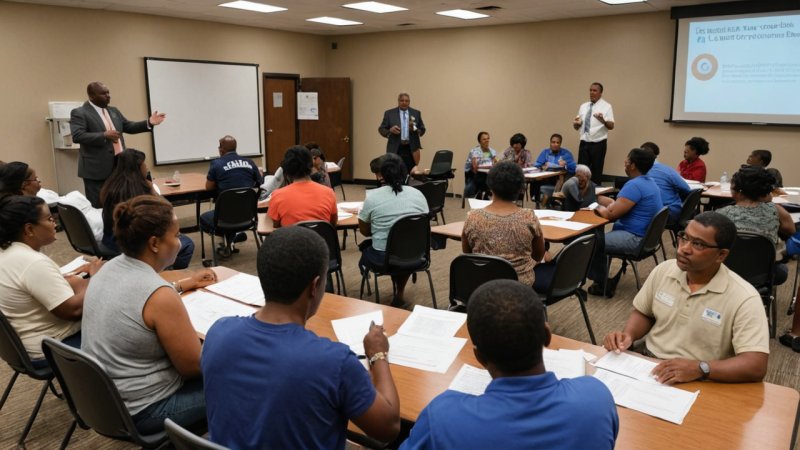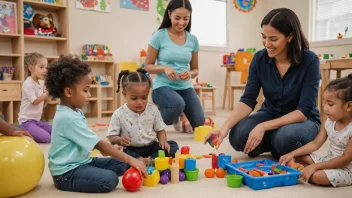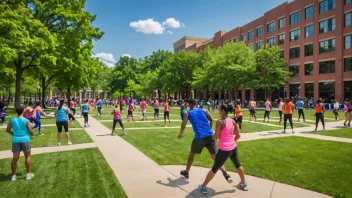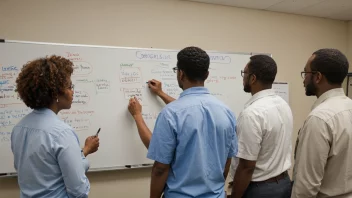Disaster preparedness is not simply about having a plan in place; it’s about empowering communities to take charge of their own safety and resilience. Capacity building plays a crucial role in this process, as it enhances the skills, knowledge, and resources of individuals and organizations to effectively respond to and recover from disasters. In this article, we explore the significance of capacity building in disaster preparedness by highlighting key areas that contribute to building resilient communities.
Understanding Local Needs
Capacity building begins with a comprehensive understanding of the local community’s needs and vulnerabilities. This involves:
- Conducting assessments to identify risks and resources
- Engaging community members in discussions about their concerns and capabilities
- Utilizing local knowledge to inform disaster response strategies
By recognizing the unique characteristics of each community, capacity building efforts can be tailored to address specific challenges faced during disasters.
Training and Education
Education and training are at the heart of capacity building for disaster preparedness. Some effective strategies include:
- Organizing workshops and training sessions on emergency response
- Providing resources for first aid and basic life support
- Creating educational materials that promote disaster risk reduction
Through training, individuals gain the confidence and skills necessary to act swiftly and effectively in the event of a disaster, thereby reducing the overall impact on their community.
Strengthening Local Organizations
Local organizations are vital in fostering community resilience. Capacity building can strengthen these entities in several ways:
- Offering leadership development programs
- Enhancing collaboration among various local groups
- Providing technical assistance to improve operational efficiency
When local organizations are empowered, they can better coordinate disaster response efforts and mobilize resources effectively.
Building Partnerships
Collaboration is essential in disaster preparedness. Capacity building encourages the establishment of partnerships among:
- Government agencies
- Nonprofit organizations
- Private sector stakeholders
Such partnerships enable the sharing of resources, knowledge, and expertise, which can lead to more robust disaster preparedness plans and quicker recovery efforts.
Promoting Community Engagement
Active community engagement is crucial for successful capacity building. This can be achieved through:
- Involving community members in decision-making processes
- Encouraging volunteerism and participation in preparedness activities
- Creating platforms for community dialogue and feedback
When communities are engaged, they are more likely to take ownership of their preparedness efforts, leading to a stronger and more resilient population.
In conclusion, capacity building is fundamental to enhancing disaster preparedness in communities. By understanding local needs, providing training, strengthening organizations, fostering partnerships, and promoting community engagement, we can empower individuals to take charge of their safety and resilience. As we navigate an increasingly unpredictable world, investing in capacity building will ensure that communities are better equipped to face disasters head-on.






